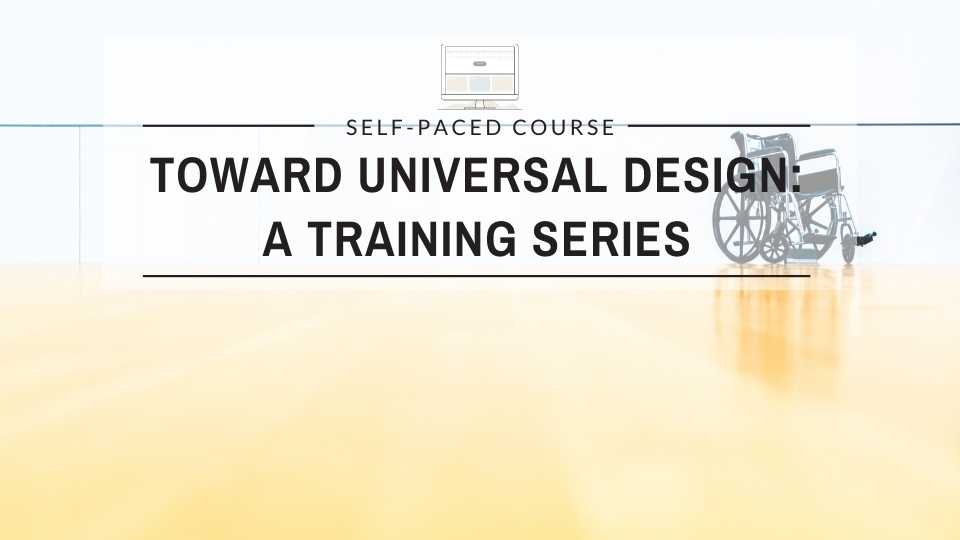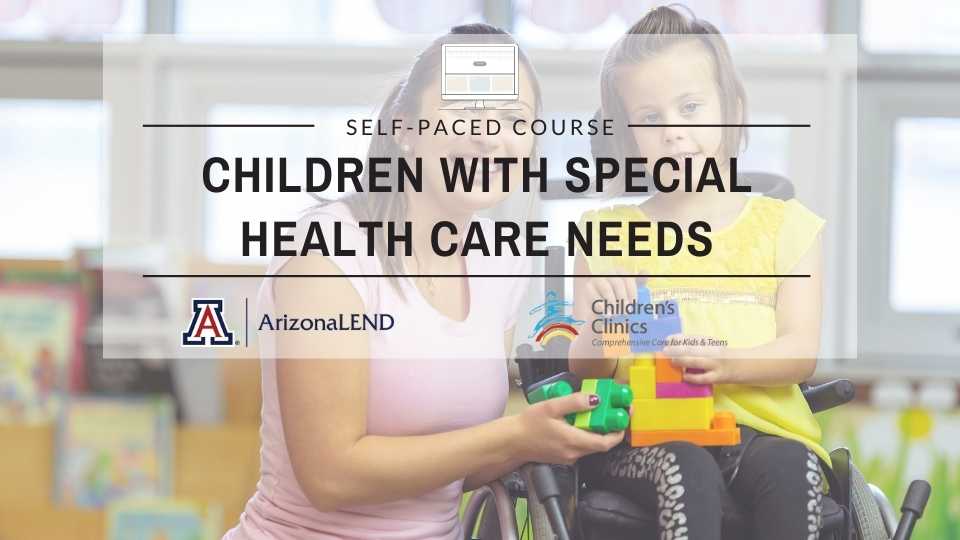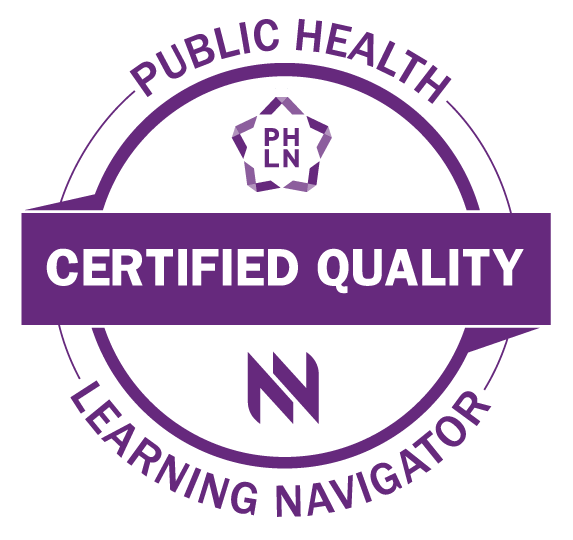Learning Objectives:
- Describe the consequences and seriousness of obesity
- Explain cultural differences of the Hmong and other Southeast Asian populations compared to non-Hispanic White Americans
- Address how acculturation and cultural differences cause barriers in healthy eating habits and behaviors, as well as increase risk of obesity
- Explain the relationship between Southeast Asian history and obesity
- Discuss the inadequacy in research, data, and programs to better obesity prevention in Hmong and other Southeast Asian populations
Target Audience: Community Health Workers
Tier(s) and Competency Domain(s): Tier I - Cultural Competency Skills
Duration: 30 minutes
Format: web based/self study
Created/updated: 12/18/2017
Author: Too Bee Thao












